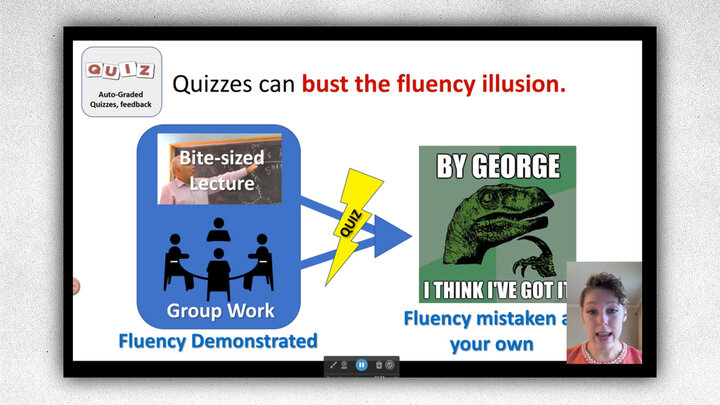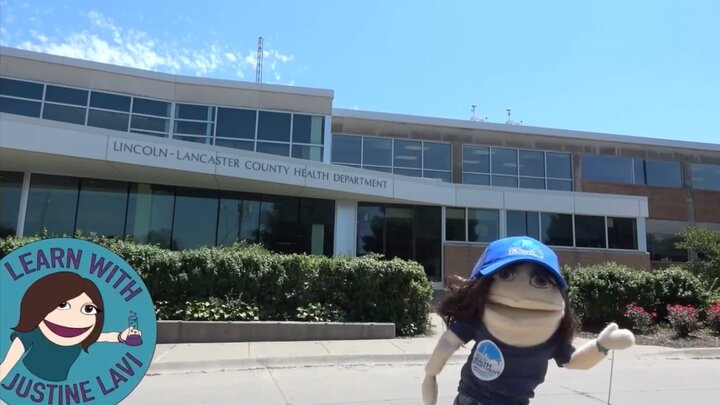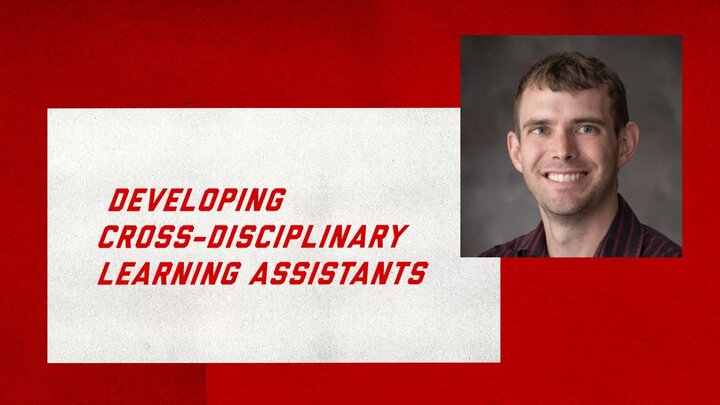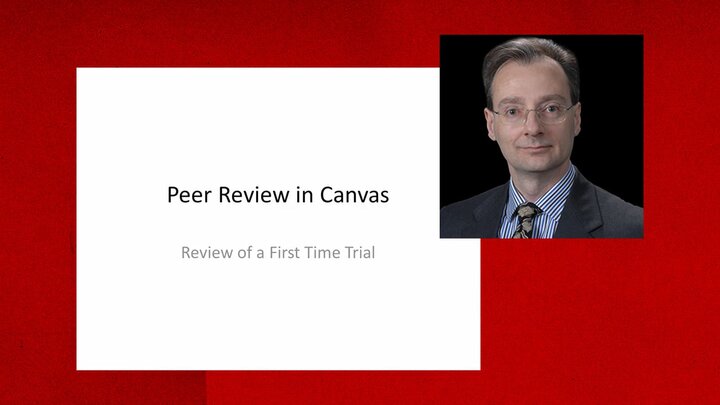AMP Summer 2025
Workshops
A virtual community to help UNL instructors make their course content accessible and meet new federal Title II accessibility guidelines. Weekly tips, goal setting, office hours, and a supportive space to ask questions, and celebrate progress.

Stay in the Loop with IT TIPS!
Academic Technologies Email List
Each week, we share quick updates, training opportunities, and important news about the tools and services you use every day. We’ll also be sharing guidance to help faculty remediate course content and ensure digital materials are accessible, in preparation for the upcoming April 2026 Title II deadline.

TOLC Summer 2025
Online Program
Join the summer learning community to discuss the wide world of teaching and learning online with your peers and instructional designers and to set aside weekly worktime where instructional designers will be on hand to assist you.

AI Exchange
Articles
AI Exchange supports discussion at UNL about the use of AI in teaching and education. Share your story.

Timely Tools for Student Success: End-of-Term
Help students prepare for finals
Craft and share a plan for helping students prepare for finals. Be as specific as possible. Suggest effective study strategies (see Six Strategies for Effective Learning for some ideas) and refer them to useful resources (e.g. practice problems, YouTube videos explaining useful concepts)
Submit Final Grades
If you set up a grading scheme in Canvas at the beginning of the term, you will be able to import grades from Canvas to MyRed. Instructions for manual entry along with importing from Canvas are available from the Office of the University Registrar.
Make notes on the syllabus
Take time to make notes on the course syllabus to inform the next iteration of the course.
Debrief with others
If you are the only instructor who teaches this course, consider debriefing with an instructional designer assigned to your college. Instructional designers love to hear how your course went and can help you research and identify solutions for challenges that came up during the term. Along with an instructional designer, consider debriefing with other instructors who teach the same course. If the course is part of a sequence, consider debriefing with instructors that teach other courses in the sequence.
Implement another element of the Inclusive Course Checklist
Take a look at the Inclusive Course Checklist and see if there are more items that you might tick off in preparation for teaching the course next time. Instructional designers can help review your course for opportunities and help you prioritize which changes may have the most impact.








